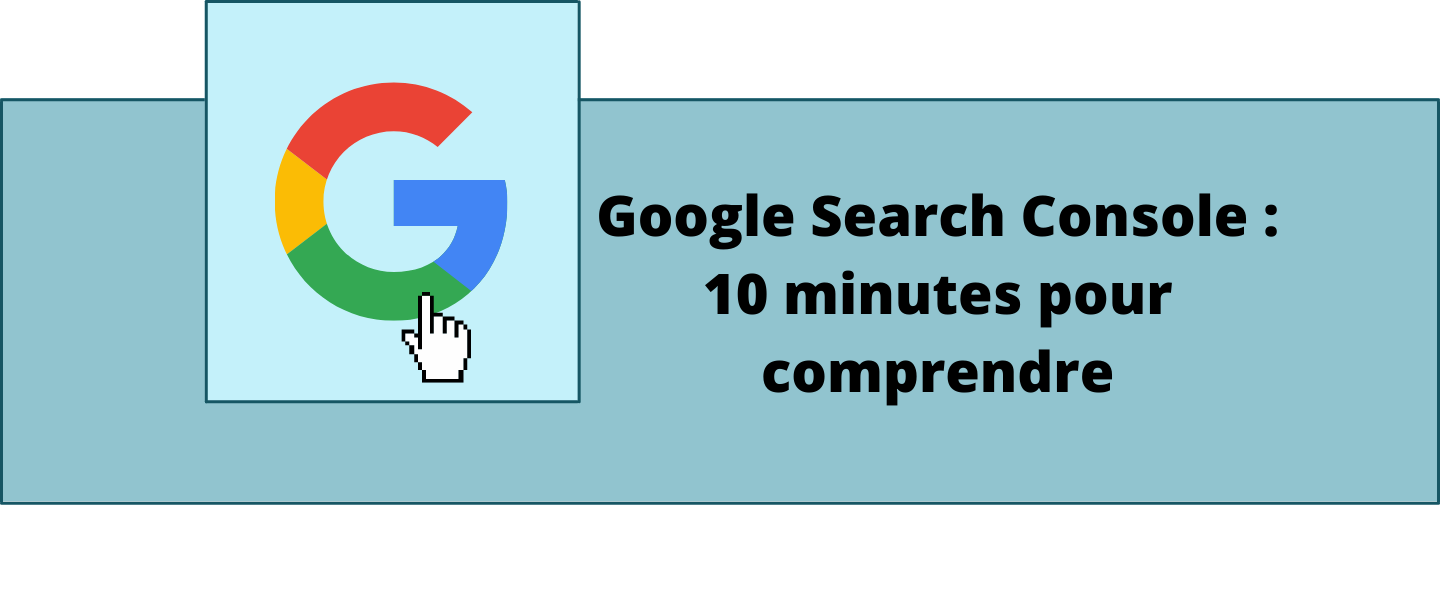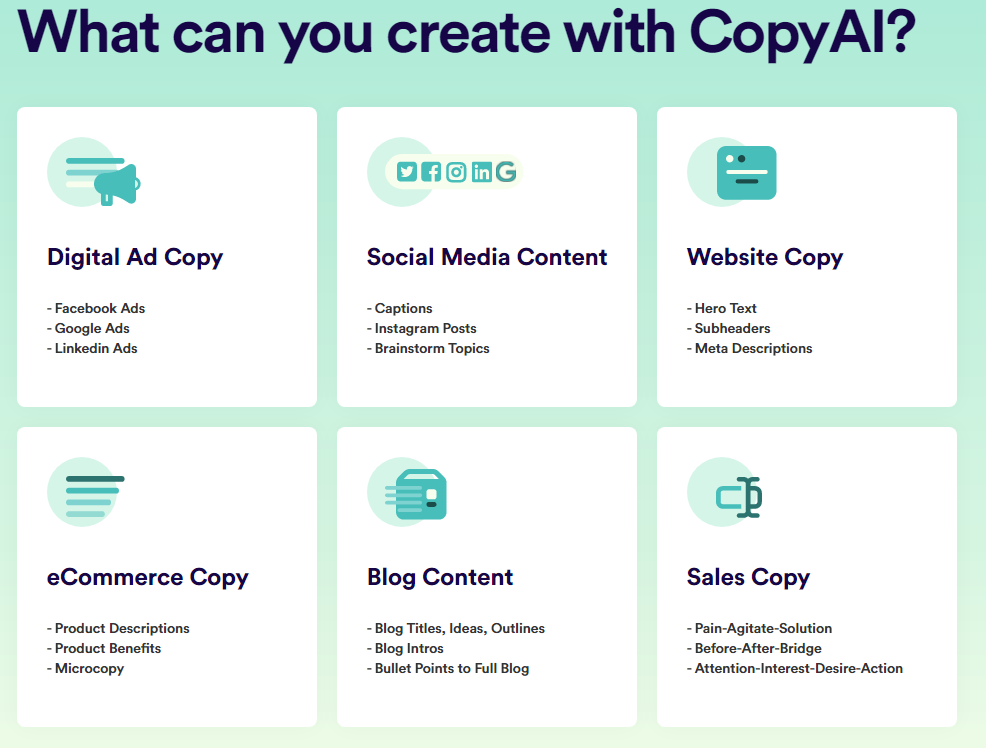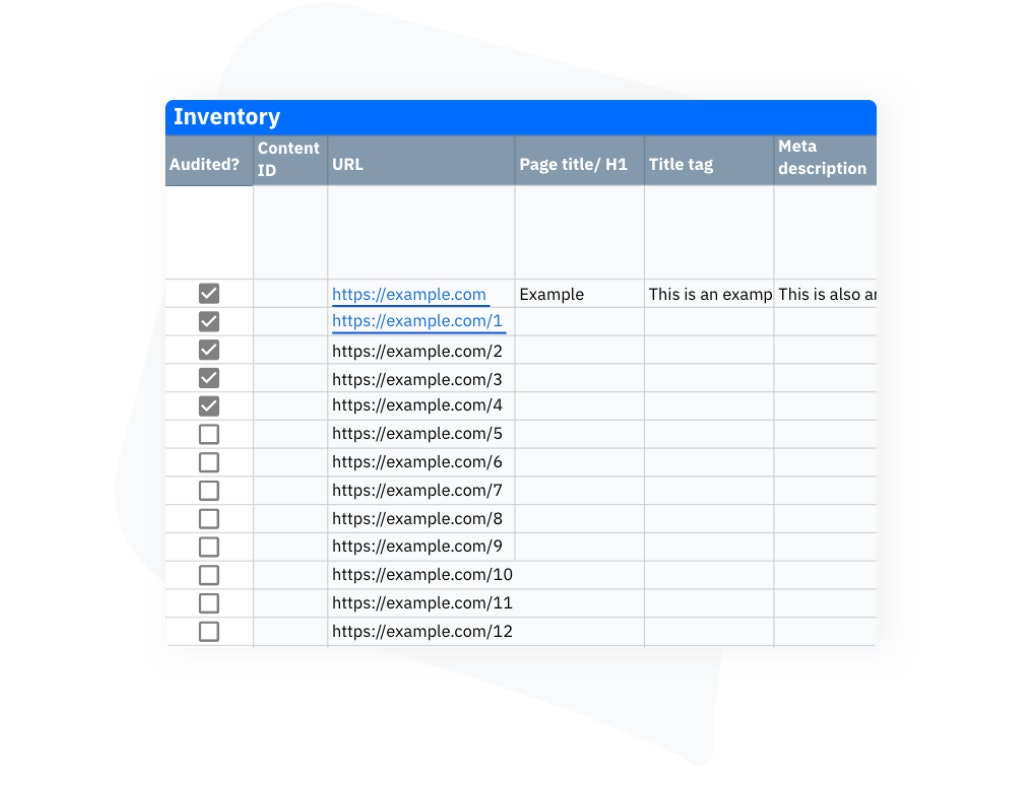
First, define your SEO goals. Next, define your KPIs. An SEO strategy must align with the brand's macro-objectives. It can help you increase brand awareness or get your site to the top of Google. Setting KPIs helps you define your goals and KPIs. You can measure authority by measuring domain authority and site authority. These metrics can be used for determining the effectiveness of your SEO strategy.
Off-page Seo
Off-page SEO strategies include getting your business listed on hundreds of authoritative directories. Some of these directories are Google My Business, Yahoo Local, Yellow Pages, Superpages, and CrunchBase. These directories will help you build SEO links and increase your trust with search engines. There are many other ways you can get your website listed.
Local SEO
Google My Business Page is a must for local SEO. Include useful text and images and include links to your website and social media pages. Google is an excellent way to get new leads. Here are three tips to make your Google My Business Page a success. Next, use them to improve local search results. Here are three of the most important strategies to use to boost your local SEO.

Voice search
SEO strategies that use voice search are crucial for getting the best results. Voice search results typically appear in the first three positions of SERPs. This can greatly improve your website’s authority. You can optimize your content to voice search in order to increase traffic and conversions. You can find expert digital marketing assistance from companies such as Conduit. Avoid long-winded content as users are more likely to ask for information in whole sentences than in lengthy ones.
KPIs
The key component of SEO strategies that work is to determine your KPIs. Your SEO efforts will be successful if you use customer-oriented metrics. While SEO can be confused with metrics, they are two very distinct terms. In this article, we'll explain the differences between metrics and KPIs and how they affect SEO. This article will help you gain a better understanding about SEO and how it works.
Tools
Search engine optimization (SEO) is a field that is continually changing and evolving, and the use of SEO tools is imperative to maintaining the relevance of your website. These tools allow you to assess the health of your website, identify potential opportunities and issues, and help you achieve high placement in search engines. Here are some of these most useful tools for SEO professionals. Each of these tools serves a specific purpose, so you should learn how to use them correctly to maximize your results.

FAQ
What are the various SEO strategies?
Different SEO strategies can be used, including search engine optimization (SEO), paid-per-click (PPC), and social media optimization.
SEO is a way to optimize content for certain keywords through text formatting and HTML code.
This will ensure that your site ranks higher in search results pages.
Social media optimization (SMO), on the other hand, is optimizing your website to be seen on social networks like Twitter, Facebook and Google+.
These help build your brand reputation online, making visitors more likely to visit your site when searching for related topics.
PPC ads can also be found at the top of search results pages. They show relevant products, and services.
The most common type of PPC ad is an advertisement on Google paid search. These are very cost-effective, but they can also be expensive.
However, several other forms of PPC advertising are available - including display ads, video ads, and sponsored posts.
How long does SEO take to get traffic?
It usually takes three to four months for traffic generation via SEO. It all depends on several variables.
-
Quality of your site (content)
-
Backlinks
-
Targeted keywords
-
Competitor rankings etc.
SEMrush offers a free trial for those who are new to SEO. You can monitor all aspects of your SEO campaign with them, including competitor research and backlink profile, top pages and local listings, organic traffic stats, reports and more.
How do I start SEO for my website?
It is important to understand the needs of people searching for your company or products through search engines like Google. This will help you get a Google ranking. This guide will show you how to create content that is highly ranked by Google. You should also check out our other guides on content marketing.
To begin, you will need to make a plan and decide what keywords you want. There are two types: broad keywords (like digital marketing) and specific keywords (like SEO).
You will then need to identify a few goals like increasing brand awareness, driving sales leads, and increasing brand recognition.
Once you've defined your objectives, you're ready to start writing content! You can find some helpful tips here on writing content for SEO.
Once your content has been created, it's now time to publish it on your blog or site. If you have a website, this might involve updating existing pages. If you don't have a website, you will need to hire someone who can design one.
Link to your content from blogs and websites after publishing it. This will increase the visibility of your content and make it more visible.
How Much Does It Cost To Get Rank High in Search Results?
The type of project you are working on will determine the cost of search engine optimization. Some projects require only basic changes to your existing website, while others involve redesigning everything from scratch. Monthly fees are charged for keyword research as well as maintenance.
What are the Common Mistakes When Using SEO?
SEO is one of the biggest mistakes people make. SEO is not something you can do quickly. SEO requires that you put in the necessary effort to ensure your website is properly optimized. It is also common to make search engines fool you by using black hat tactics. Black-hat SEO techniques can cause you to fall in search engine rankings rather than improve them.
Statistics
- And 90%+ of these backlinks cite a specific stat from my post: (backlinko.com)
- If two people in 10 clicks go to your site as a result, that is a 20% CTR. (semrush.com)
- These guides are designed and coded 100% from scratch using WordPress. (backlinko.com)
- Deleting those 10k pages is one of the main reasons that he improved his site's organic traffic by nearly 90%: (backlinko.com)
- A 62.60% organic traffic boost to that page: (backlinko.com)
External Links
How To
How do I set up my first blog?
It's simple! WordPress is an excellent tool for creating a blog. The user can modify the look and feel of their blog easily by adding themes and changing fonts and colors. You can also use plugins to change the appearance of your website based on visitor activity.
WordPress.org offers many templates for free and premium templates that are more expensive. Premium templates include extra pages, plugins, advanced security, and more.
Once you have downloaded your template you will need a free account to upload your files, and then to manage your blog. Many hosts offer free accounts, but there are often restrictions on how much space you can use, how many domains you can host and how many emails you can send.
If you plan to use more domain names, you will also need to purchase separate email addresses. Some hosts charge a monthly fee for this service.
If you're new to blogging, you may wonder why anyone would pay to have a blog hosted online. The majority of hosts offer unlimited storage so files aren't deleted even if accidentally deleted.
Many hosts also let users host multiple domains, meaning you could have several different sites under the same hosting package. This allows you to sign up for only one email account and manage all your sites via one interface.
Some hosts provide social media sharing buttons to their dashboards. This allows visitors and users to quickly share posts across the Internet.
Hosting providers usually offer tools to manage your blog. You can view the performance stats of your website, see how many people visited each post, and compare your traffic with other blogs.
These tools can make managing a blog easier and more effective, so you should look into them before choosing a hosting package.
To sum up:
-
Choose a topic pertinent to your business.
-
Create engaging content;
-
Optimize your site using SEO techniques;
-
Promote your site using social media channels;
-
To make necessary changes, keep an eye on your statistics.
-
Remember to update your blog regularly.
You should create high-quality content, market it effectively, and monitor its success.